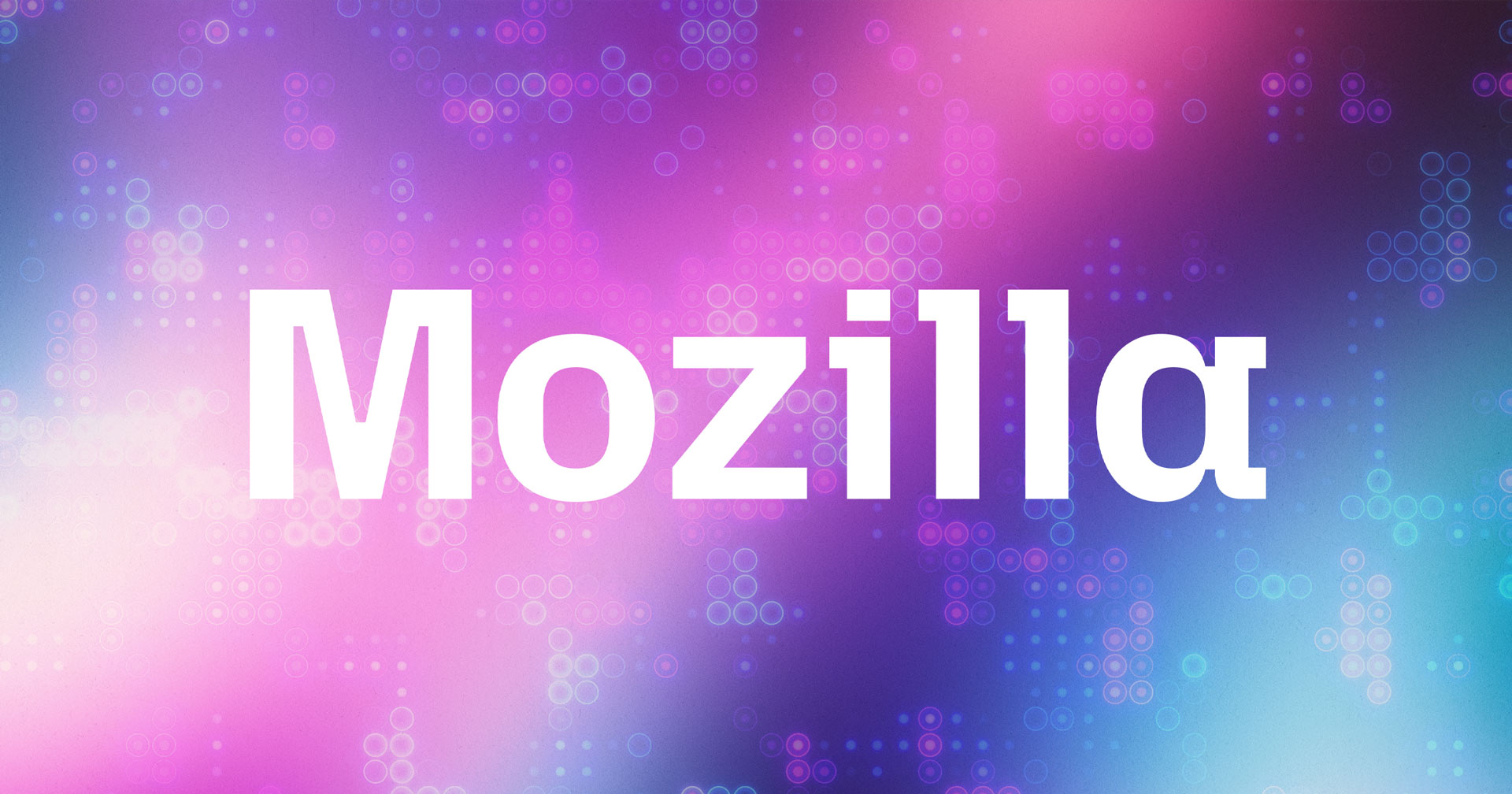What Can AI Do to Improve Diversity in the Tech Community?
It often feels like AI is ubiquitous these days. From helping with research to creating a joke, AI seems able to do everything for us. The public response and general opinions about AI are mixed. Some see the negative aspects of AI and frequently wonder, “Will AI take over my job?”, “Could AI steal my […]

It often feels like AI is ubiquitous these days. From helping with research to creating a joke, AI seems able to do everything for us. The public response and general opinions about AI are mixed. Some see the negative aspects of AI and frequently wonder, “Will AI take over my job?”, “Could AI steal my personal data?”, and so on. However, we should not dismiss the positive impact AI has when it comes to diversity and inclusion.
One crucial factor when it comes to improving diversity and inclusion in the tech community is accessibility. To make something accessible entails removing barriers that prevent people from participating. If we would like to include more people with different backgrounds and abilities in our community, lowering the barrier to entry is crucial. It also shows respect towards everyone in the community and ensures their needs are considered.
Types of AI agents
Before we look into the benefits of AI in terms of accessibility, let’s first look more closely at what AI agents are. Most of the AI tools we use today are AI agents. According to Russell and Norvig, there are five classifications of AI agents. From the most simplistic to the most complex, they are:
Simple reflex agents
Simple reflex agents are the simplest form of agents. This type of agent only processes information within the scope of its observable environment. No trained models are involved; this type of agent can sometimes end up in an infinite loop as the decision-making path is deterministic. To avoid such situations, you can add explicit randomness.
For example, voice-based assistants can be simple reflex agents. Verbal instructions are processed within the scope of the environment, and actions are carried out accordingly. These agents provide interfaces for those who cannot use more traditional input methods due to mobility issues.
Model-based reflex agents
In contrast to simple reflex agents, model-based reflex agents utilize external knowledge in the form of a trained model. Based on the trained model and its observation of the environment in which it is deployed, the agent can predict and provide suggested actions.
Most chatbots fall into the category of model-based reflex agents, as they preserve the context of previous conversations. Chatbots are used extensively in customer service or online services to support people who may be struggling to find the information or solutions they need at a given moment.
Goal-based agents
Goal-based agents share many similarities with model-based reflex agents. However, before the suggested action is assumed to be the result, goal-based agents will first evaluate it to see if it matches the intended goal. That information can be used to choose among a list of possible suggested actions.
AI coding agents like Junie by JetBrains can run tests after a plan is suggested and can modify the plan if the testing result does not meet the goal set by the user. AI coding agents can lower the barrier to entry for many non-programmers, helping them automate specific tasks with the help of coding agents.
Utility-based agents
Utility-based agents build upon less complex models by adding the ability to evaluate the utility of the state of the agent, which means they have the capability to provide a goal-matching action from among the provided possible action options.
When AI healthcare assistants are built as utility-based agents, for instance, they can compare proposed treatment plans. The AI agents can then choose the optimal plan and thus provide personalized care to patients who may have various specific needs based on their medical history or other factors such as age or gender.
Learning agents
At the top end of the complexity scale, we have learning agents. These types of agents make use of reinforcement learning techniques to improve the associated AI model by giving and processing feedback on the utility of its outputs.
This type of agent is very advanced and is not commonly used; however, we can envisage how this technology may be used to create bespoke AI assistants to support people in need. They can learn from past interactions with the user and focus on providing personalized aid to their users.
AI for accessibility
When it comes to quality of life improvements, one of the most significant benefits artificial intelligence can bring to people is improved accessibility.
To build a welcoming community, we need:
- Diversity. We should aim to build a community comprising people of different ethnicities, genders, cultures, or religions, while also maintaining a respectful and inclusive environment.
- Inclusivity. We must make sure everyone feels safe to express themselves and is treated with respect regardless of their differences.
- Accessibility. We need to remove any barriers that might prevent people from participating in the community.
With this in mind, let’s look at how AI can help us achieve better accessibility and, thus, more diversity and inclusivity in real-world scenarios.
Enhancing accessibility for conferences
At PyLadies Con 2024, most of the talks were pre-recorded by speakers. We made that decision because we wanted to create captions and transcripts in multiple languages to maximize the conference’s outreach and make content accessible to audio-impaired audiences.
In total, we had 31 recorded talks across four different languages. Imagine trying to achieve that without AI auto transcription tools and translation software! How many hours would it take for volunteers to finish this task? Most of the transcriptions and translations were completed within a week of the conference, and thanks to these AI technologies, we only needed a handful of volunteers to double-check the AI-generated results.
Breaking down barriers in open source
Another positive application of AI is to aid learning and thus lower the barriers for beginners to start contributing to open source. AI-assisted searching and summarization of search results can help people conduct research and learn about specific topics.
Auto-translation can also be used to remove language barriers between developers around the world. So far, most of the documentation for open-source software is in English. For some popular open-source software, volunteer efforts may be needed to translate the documentation. However, keeping all the documentation up to date across multiple language versions takes a lot of time and effort. Auto-translations can help bridge that gap.
Besides the language barrier, AI coding assistants can also help less experienced developers understand code more clearly and write better quality code that is up to the standard required for the open-source projects they would like to contribute to. This can encourage more developers from various backgrounds to contribute.
Reducing reliance on volunteers
Another example of AI being able to aid accessibility is that it can reduce the need to rely on volunteers and take some of the strain off them. Be My Eyes is an application that allows visually impaired users to “see” by uploading a photo or picture with the app. Volunteers then describe in detail the content of the image. As the app gets more popular, the need for volunteer hours increases significantly. Recently, they have updated their service to include AI, which can potentially remove some of the reliance on volunteers when it comes to describing images.
Responsible use of AI for good
The fact that AI has the potential to do a lot of good does not mean that we can ignore concerns regarding its widespread use. As a responsible user of AI technology, there are questions that we need to ask when using it:
What is the LLM model behind the agent?
When using an AI agent, make sure you know which large language model (LLM) or models it is using. LLMs are trained based on knowledge at certain frozen points in time. Knowing the cut-off date for a given model’s training data helps us to choose models and AI agents suitable for our specific use cases.
For example, if the application you are working with changes rapidly, and having up-to-date information is essential, you might want to consider using a newer model or performing transfer learning to top up your model with the necessary new information. This can be a bigger problem for people who are less familiar with the requested knowledge and may lead them to make more frequent mistakes.
How do they process my data?
As we mentioned earlier, personal data is very sensitive, and there are legal regulations on processing personal data. Be aware of how the AI agent that you are using is processing your data. Did you read their privacy policy carefully before agreeing to use it? Seek answers if you’re not sure, and don’t use any service unless you’re comfortable with the ways they state they use your data.
Marginalized people liable to become the targets of online bullying are more vulnerable with respect to their personal data privacy, and a lack of data security can have a traumatizing effect on them. For this reason, personal data protection is critical to improving accessibility and increasing inclusivity within the tech industry.
What action may the agent take on my behalf?
Since AI agents can act autonomously without human intervention, be aware of what you allow your agent to do on your behalf. Did you give it full access to your computer? Much like a responsible IT administrator, you should only provide the permissions necessary for the agent to perform its tasks. You might also consider checking the suggested actions before letting an AI implement them.
Improper use of AI agents can lead to cybersecurity risks. As we mentioned earlier, this could be an extremely serious issue for marginalized people who rely on AI technology for assistance.
Is there any bias or misinformation in the result?
Another concern surrounding the use of AI agents is that, if used improperly, they can provide misinformation. Depending on what data an agent is trained on, there can be bias in the training data, which could mean that it makes biased decisions without the user noticing. If something doesn’t look right or seems too good to be true, stop and double-check the information AI is providing.
Bias and misinformation have consequences, especially in a world where misinformation on social media can encourage radical ideologies, which are often targeted at underrepresented groups and minorities. With AI agents becoming more and more popular, this problem has the potential to be amplified, and precautions should be taken to keep misinformation at bay.
What license am I using?
Ultimately, AI agents are tools and services created by companies or organizations, and as such, they could be subject to licensing requirements. Be sure to research any applicable license agreements and double-check that your use of AI agents is compliant with them to avoid legal issues. This is especially important when using them for work. If in doubt, consult your company lawyer and seek approval from management.
This also applies to non-profits that use AI tools. In fact, ensuring compliance is often even more important for such organizations, as their services could be aimed at a vulnerable group(s) of people. Seek professional advice in case of any doubts about the legality of your use for such purposes.
Conclusions
When used properly, AI can enhance our quality of life, create a welcoming community, and remove barriers that prevent some of us from participating. As people living in an age in which AI technology is becoming more prevalent, we should stay curious about new AI technologies and keep ourselves up to date with all the latest developments. When using AI, we also need to retain control and resist the urge to delegate our own responsibility as a user to the AI tool in question. To summarize, remember the 5 Bs when using AI:
- Be aware of personal data: Read the usage agreement and understand how your data is being processed.
- Be critical of what AI tells you: Whenever unsure, verify the correctness of any information AI gives you.
- Be respectful of copyright: Don’t use AI technology to plagiarize or attempt to bypass copyright law.
- Be honest about using AI: Always be transparent about how you use AI in your work.
- Be responsible: AI is just another tool. As the human user, you are ultimately accountable for the work that you do, even if AI is involved.































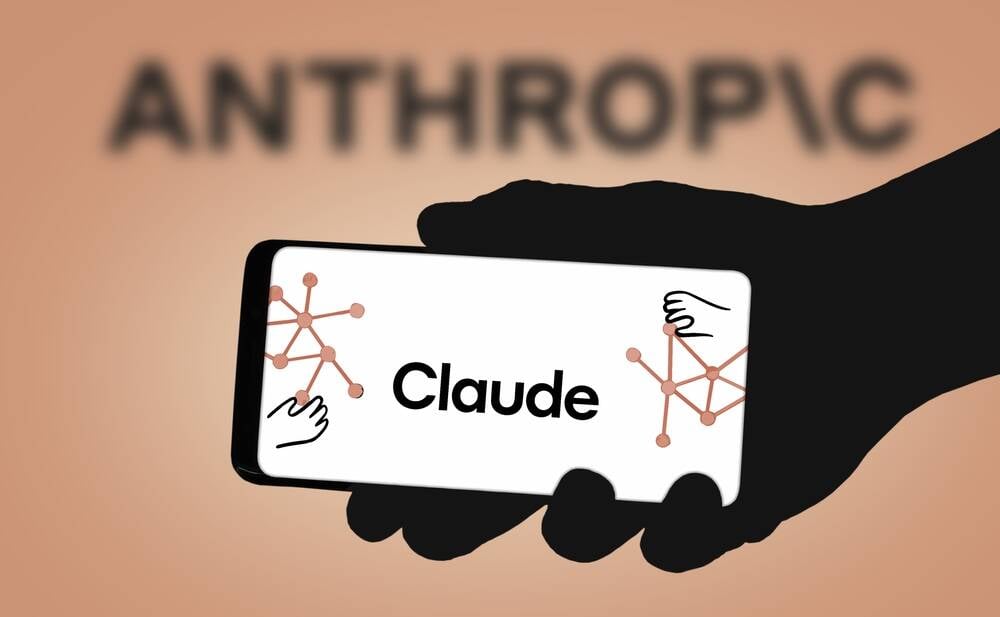

















































































































































![[The AI Show Episode 148]: Microsoft’s Quiet AI Layoffs, US Copyright Office’s Bombshell AI Guidance, 2025 State of Marketing AI Report, and OpenAI Codex](https://www.marketingaiinstitute.com/hubfs/ep%20148%20cover%20%281%29.png)


![[The AI Show Episode 146]: Rise of “AI-First” Companies, AI Job Disruption, GPT-4o Update Gets Rolled Back, How Big Consulting Firms Use AI, and Meta AI App](https://www.marketingaiinstitute.com/hubfs/ep%20146%20cover.png)





































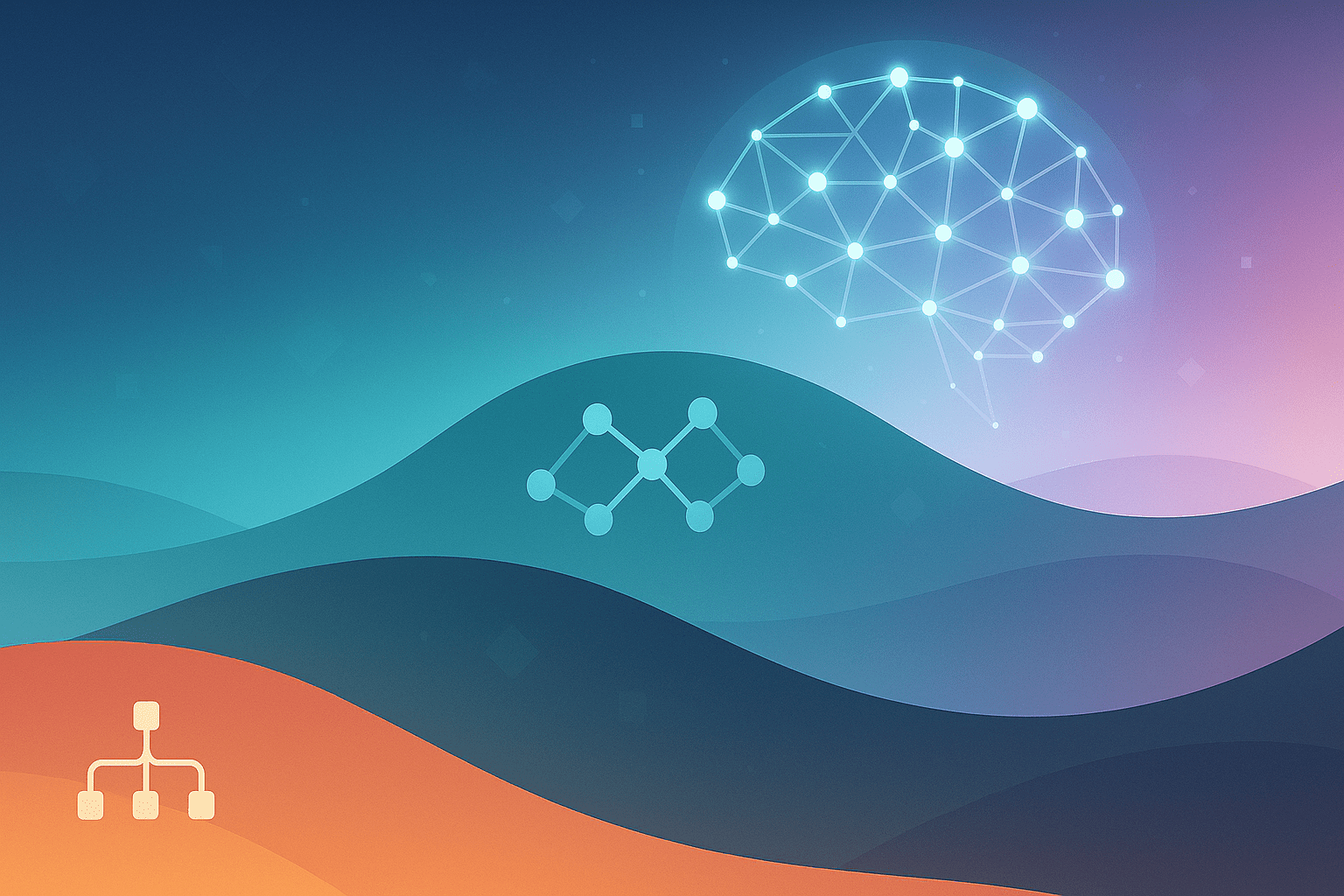


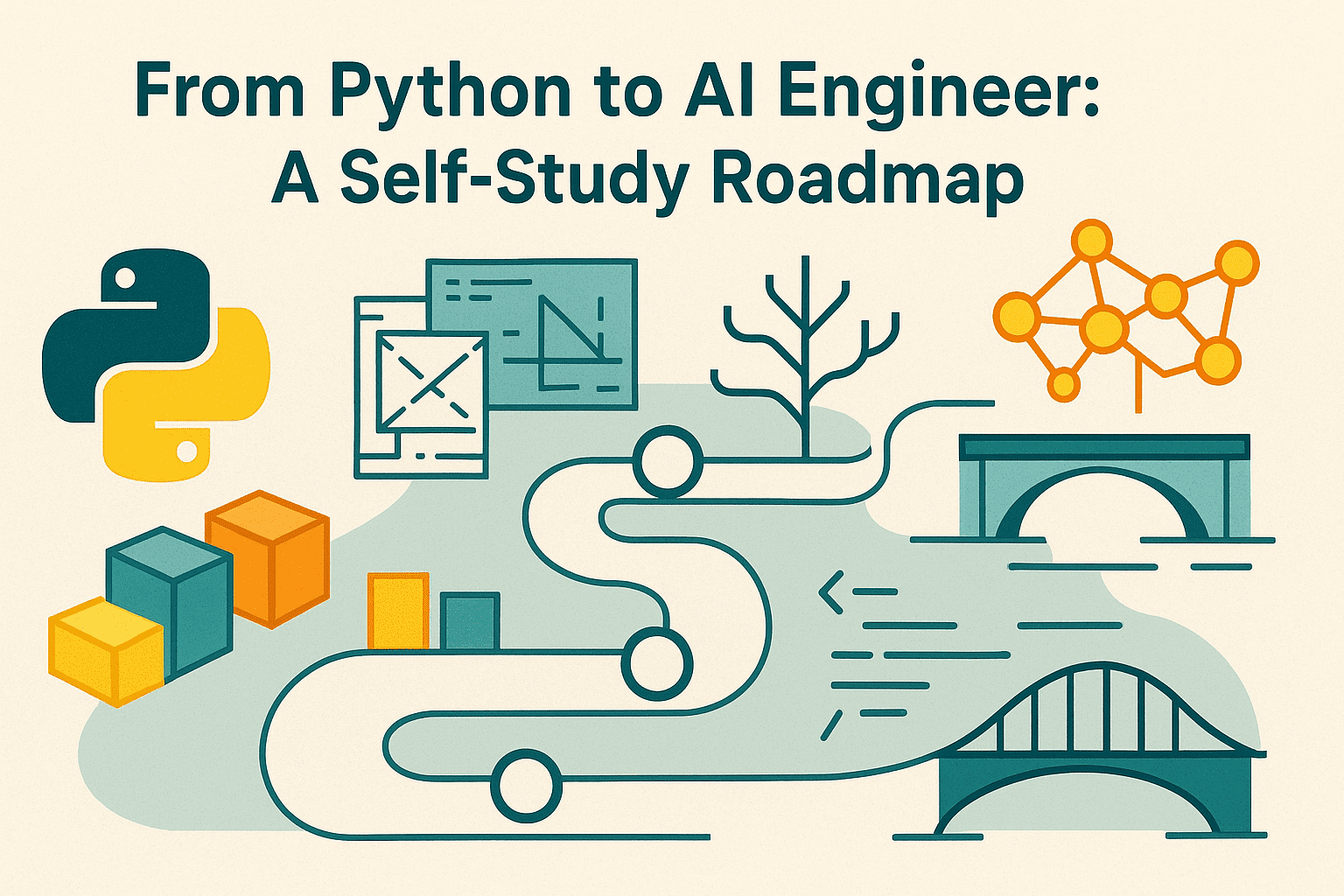
















































































![Laid off but not afraid with X-senior Microsoft Dev MacKevin Fey [Podcast #173]](https://cdn.hashnode.com/res/hashnode/image/upload/v1747965474270/ae29dc33-4231-47b2-afd1-689b3785fb79.png?#)





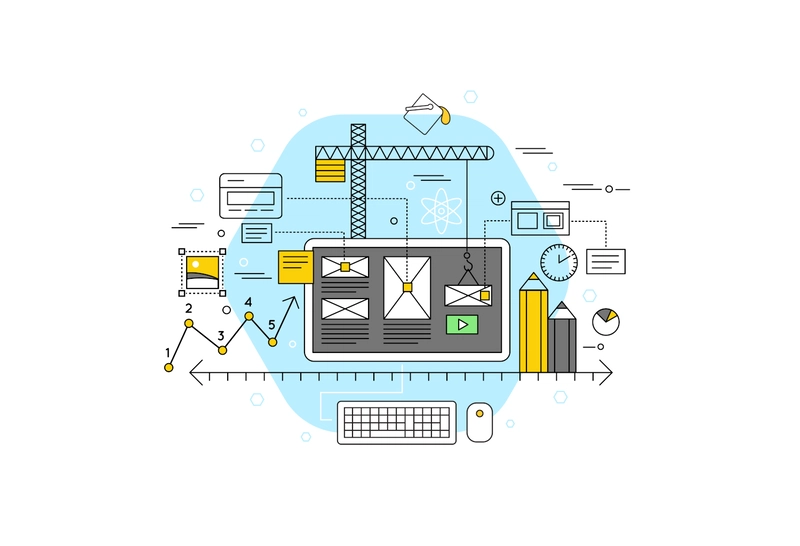














































































































_MEGHzTK.png?width=1920&height=1920&fit=bounds&quality=70&format=jpg&auto=webp#)
-1-52-screenshot.png?width=1920&height=1920&fit=bounds&quality=70&format=jpg&auto=webp#)




















_David_Hall_-Alamy.jpg?width=1280&auto=webp&quality=80&disable=upscale#)
_Andriy_Popov_Alamy_Stock_Photo.jpg?width=1280&auto=webp&quality=80&disable=upscale#)





















































































-xl.jpg)







![[Open Thread] Google may have changed the face of visual media forever, but is it for the good?](https://www.androidauthority.com/wp-content/uploads/2025/04/Veo-2-in-Gemini-on-an-Android-phone-scaled.jpg)


















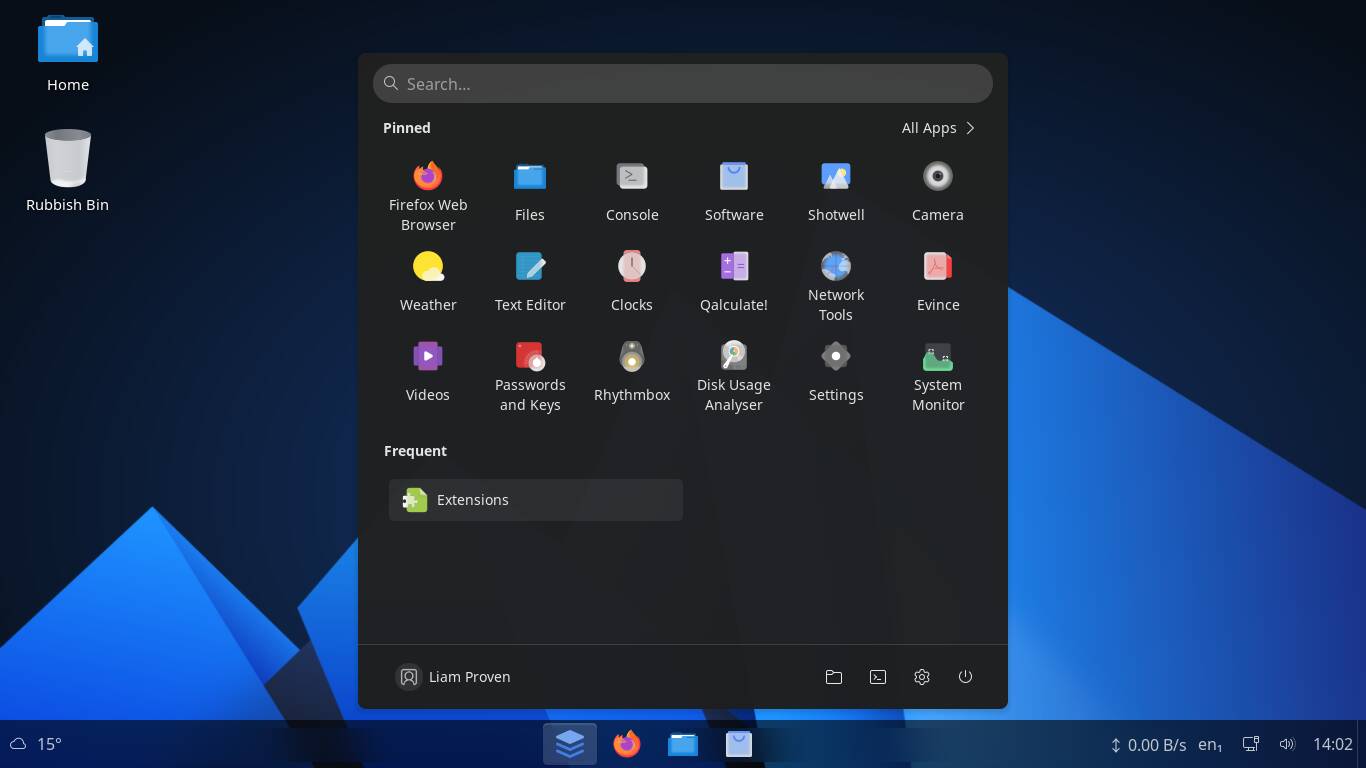




![Apple Shares Official Trailer for Season 2 of 'The Buccaneers' [Video]](https://www.iclarified.com/images/news/97414/97414/97414-640.jpg)
![Apple Highlights Ceramic Shield, Stolen Device Protection, and More in New Ads [Video]](https://www.iclarified.com/images/news/97416/97416/97416-640.jpg)






































